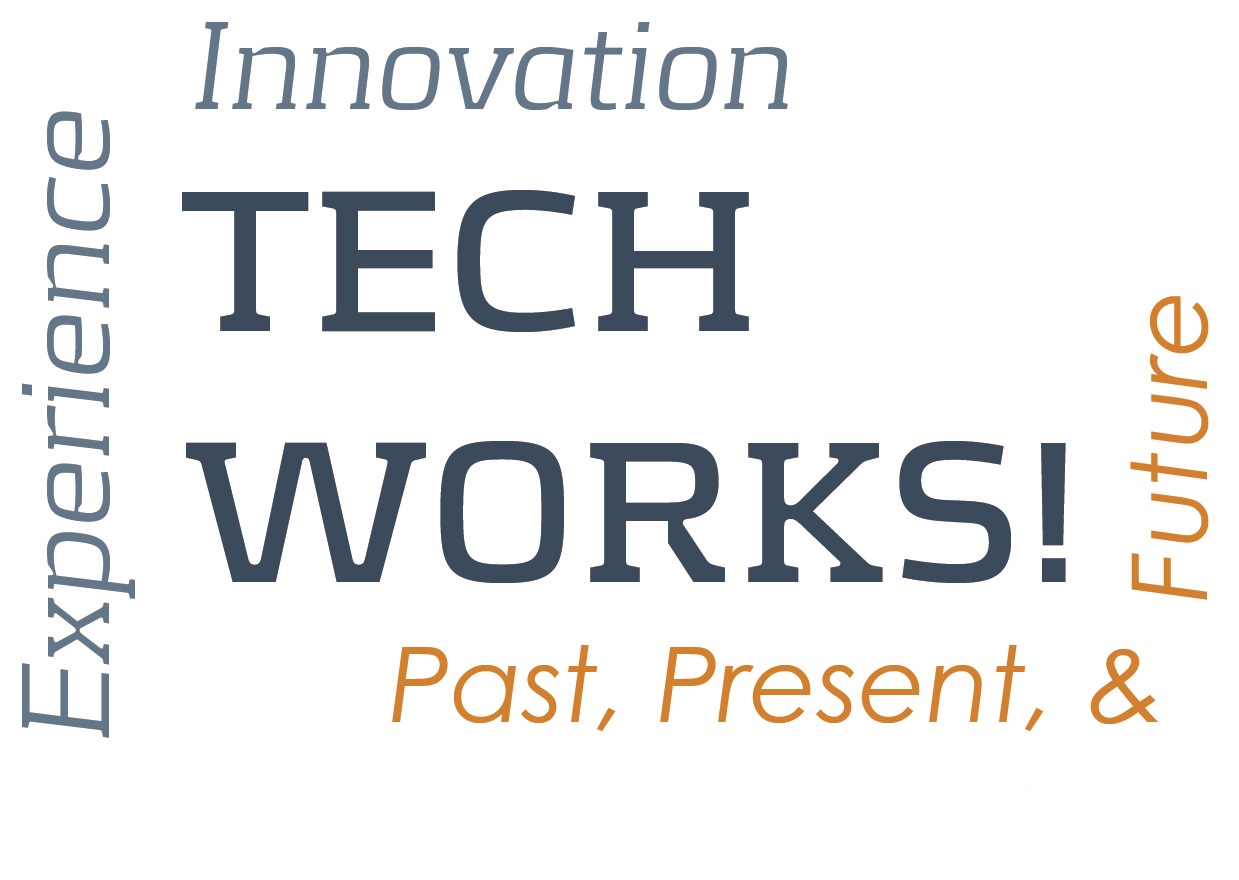Ansco - GAF
Ms. Betty Stewart worked for Ansco (Charles and Clinton Streets) from 1941-1953 during the war. It was her first job after graduating from Binghamton Central High School. She originally wanted to work at EJ like her parents, an immigrant family from Europe, but she got a job with Ansco right away making 42 cents per hour. Her mother later came to work at Ansco, upon Betty's recommendation. She cleaned machines for 25 years. Betty Stewart worked overtime during the war, 60-66 hours per week. There was only a ten minute break. She worked in a darkroom, and to get in and out of the dark room, there was a maze of hallways one had to walk through so that light would not penetrate the darkroom. She had an emergency flashlight (red or green light). Red or green light was used depending upon the sensitivity of the film. She acquired the ability to detect what type of film she was touching in the dark. There was no eye strain. The work surfaces had to be very clean of dust to protect the film. White gloves were worn when handling film. The job was also monotonous because she had to stand for long periods of time and placed paper in between pieces of film. She took film from the coating department and counted sheets by hand. She worked in this capacity as a "leader" of people who counted out and packed film. Labeling, cutting and coating of film was done by another group of people. As a leader, she coordinated people working in teams. Her group was comprised mainly of women, especially when men were drafted. Manufacturers were predominately male. She had to distribute materials to her workers, act as a troubleshooter, and gave directions for packaging. She also had to oversee her work environment for safety protocol. Dollies of shelves were covered with canvas and were moved from one department to another. Workers had to wear safety shoes with metal caps inside to protect their feet from the shelves of film that might fall to the ground. Under Ms. Stewart's watch, a worker had pinched off her finger. Ms. Stewart picked up the amputated finger, and brought the girl to the white light and saw that she went to the hospital. The work surfaces had to be very clean of dust to protect the film.
Ansco made roll film for cameras. They also assembled cameras at the plant. They did portraits, or studio work. They also made reproductions-big sheets of film- 24 X 36 feet-for commercial use. They also made Xray film or gun film that was used on planes to keep track of missiles and ammunitions. Raising the flag on Iwo Jima was made on Ansco portrait film. Ansco was a patriotic company during the war, and employees attended many rallies. The company received awards. There were "going away" parties for drafted employees.
Ansco also provided an active social life for Ms. Stewart. Ansco brought in theatrical directors from NYC to help workers put on shows. She also played on baseball teams and bowling leagues. She showed an issue of the Reflector, Ansco's newsletter. She shared photographs of Ansco Recreation Association. This made the work community more fun, and less stressful. Happy workers produced quality work.
She had excellent medical benefits, such as one month payed time in the hospital for an episode of scarlet and rheumatic fever.
After raising her children, Betty Stewart worked the night shift at GE from 1966-1986 as an electromechanical assembler. She made parts that controlled gyros for cockpit motherboards. She worked with microscopes, wiring, welding, and sottering. There was no formal training for this job, she had to learn to assemble parts by acquiring sensitivity skills through experience.
Her husband worked for IBM for forty-two years. She has four children, all college graduates. One daughter works for IBM, another is a nurse practicioner. Another son and daughter work in the education field.
